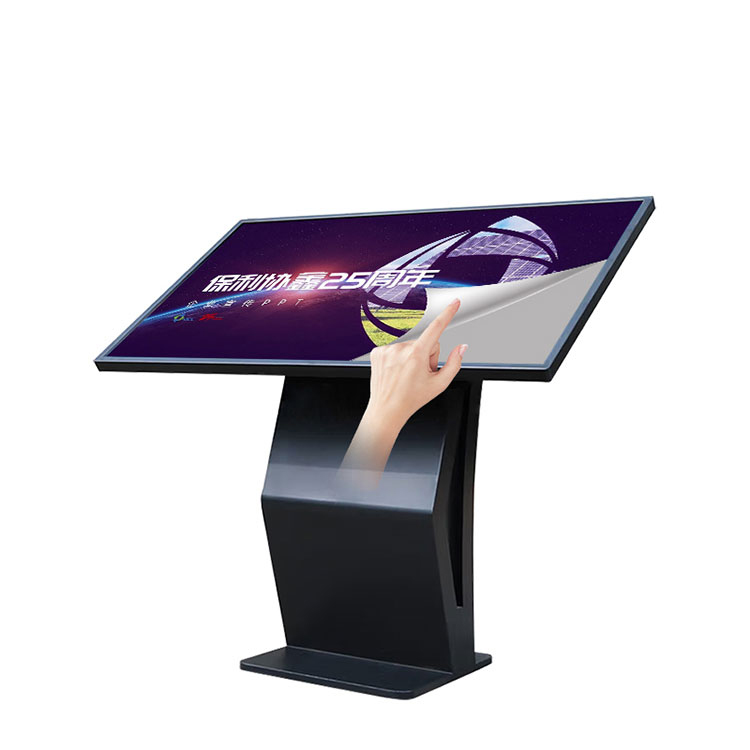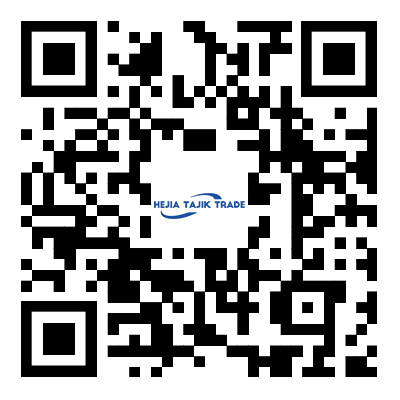Digital Signage: The Future of Visual Communication in a Connected World
2025-06-11
In the age of instant information and visually driven engagement, digital signage has emerged as one of the most powerful tools for modern communication. From retail stores and restaurants to airports, hospitals, and corporate offices, digital signage is transforming how businesses interact with their audiences—delivering dynamic content in real time and creating immersive brand experiences.

What is Digital Signage?
Digital signage refers to digital displays—such as LED screens, LCD panels, or projection systems—that show multimedia content like videos, images, animations, and real-time data. Controlled remotely through a content management system (CMS), these displays can be updated instantly, allowing organizations to tailor their messaging with speed and precision.
Key Advantages of Digital Signage
1. Attention-Grabbing Visuals
Compared to static posters or banners, digital displays stand out. Moving graphics, animations, and video content naturally draw the eye, making them ideal for high-traffic areas.
2. Real-Time Updates
One of digital signage’s greatest strengths is its ability to push content changes remotely and instantly—whether it’s updating prices, schedules, weather information, or promotional offers.
3. Cost-Effective Over Time
Although the initial investment may be higher than traditional print media, digital signage saves money long term by eliminating printing and distribution costs.
4. Dynamic and Targeted Messaging
You can program content based on time of day, location, or customer demographics. This makes digital signage ideal for personalized and context-aware communication.
5. Improved Customer Experience
In restaurants, digital menus reduce wait time and highlight specials. In hospitals, screens guide patients and visitors. In retail, digital signs promote new arrivals or flash sales—all contributing to a smoother user experience.
Popular Applications
Retail: Showcase product ads, flash sales, and loyalty promotions.
Restaurants & Cafés: Use digital menu boards for flexible pricing and attractive food visuals.
Transportation Hubs: Display real-time schedules, directions, and emergency alerts.
Corporate Offices: Share internal news, KPI dashboards, and welcome messages.
Education: Campus-wide announcements, class schedules, and event promotions.
Future Trends in Digital Signage
Interactive Screens: Touch-enabled signage that invites customers to explore, order, or customize their experience.
AI and Data Integration: Smart signage that adapts based on weather, foot traffic, or consumer behavior analytics.
Cloud-Based Management: Seamless, scalable systems that allow centralized control across global locations.
Sustainability: Energy-efficient LED displays and recyclable hardware to meet green business goals.
Is Digital Signage Right for Your Business?
If your business relies on foot traffic, customer engagement, or up-to-the-minute information, digital signage can be a game-changer. It's more than just a screen—it’s a smart marketing and communication platform that delivers value in real time.
Final Thoughts
As the world becomes more connected and visual communication becomes increasingly essential, digital signage stands at the forefront of this transformation. It empowers businesses to stay agile, engage their audience, and tell their story in vivid, compelling ways.
Whether you're a small business or a global enterprise, investing in digital signage could be one of the smartest moves you make this year.


